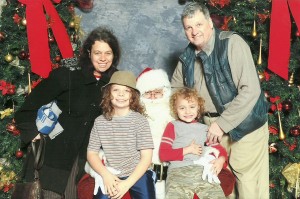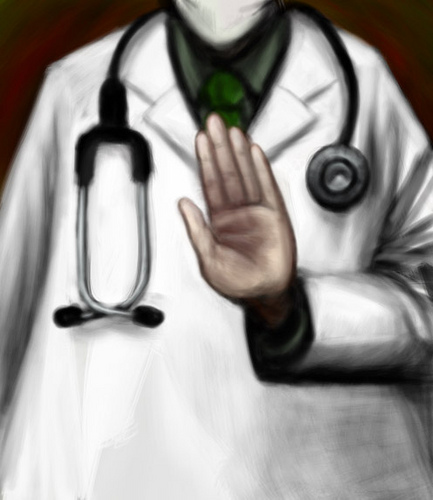My son doesn’t do lineups very well, and therefore we tend to avoid them wherever possible. Some would argue – completely within the realms of reason – that lining up is an essential life skill that we should expose him to more than we do. But like most parents of special needs kids, my husband and I already have enough on our plate without seeking out something to add to it.
Every year, though, we get the perfect opportunity to help him practice the skill of lining up, at the annual children’s Christmas party put on by my employers. It takes place at an indoor amusement park, and the day includes unlimited rides, gifts for the kids, and a picture with Santa. Bearing in mind that I work for a company that has 5000 employees at Head Office alone, the children’s Christmas party gets a little crowded.
Which means lineups everywhere, especially at Santa’s hangout spot.
In our first year at the Christmas party, we almost skipped the Santa picture because the line was so long, and as much as we want George to practice the skill, we have to be reasonable about it. But James would have been so disappointed to miss Santa. We didn’t want George to have a meltdown that could give him permanent negative associations with this place, but we also didn’t want James to miss out on a typical childhood experience.
In the end, we didn’t have to choose. The volunteers were more than happy to let us skip the lineup and go straight to Santa, and they have done this for us ever since. This small but very significant act of kindness is something that makes this day truly special for us.
We still have to line up for the rides, and in years gone by this has created a bit of a problem for George, but the lineups have moved just fast enough to avoid any potential explosions.
Yesterday we had the best children’s Christmas party ever. As always, we were allowed to skip the Santa line and for the first time, everyone was looking directly at the camera for the picture. Our first stop after Santa was the train ride, and from there we went around the whole place and the kids went on every single ride. There were lineups at all of them, and in some cases the wait was quite lengthy.
But George showed a kind of maturity we have not seen before, and he coped remarkably well with the crowds and the waiting. The only time he showed any kind of anxiety was during the wait for the bumper cars, which made even me feel claustrophobic.
We all had a fantastic time, made even better by the new signs of growth in George.
Sometimes time really does make a difference.











